Passenger Counting
Measure passenger flows in public transport
Counting passengers in public transport helps plan and efficiently manage services, improve user experience, and optimize operations.
These data are essential for any mobility study—whether before a project, during its implementation, or afterward to evaluate public transport policies.
Road counts Onboard Counting
Onboard passenger counting provides public transport ridership by stop and service, by conducting the count inside the vehicles. This method can be applied to all types of public transport: tramway, RER, bus, coach, trains, shuttles, etc.
The frequency and duration of data collection can be adjusted flexibly, from a few hours to several weeks. This allows reliable and representative measurements, such as hourly and daily averages, peak day and hour identification, and analysis of specific periods like weekends and holidays.
The results report delivered to the client is in PDF and infographic format.
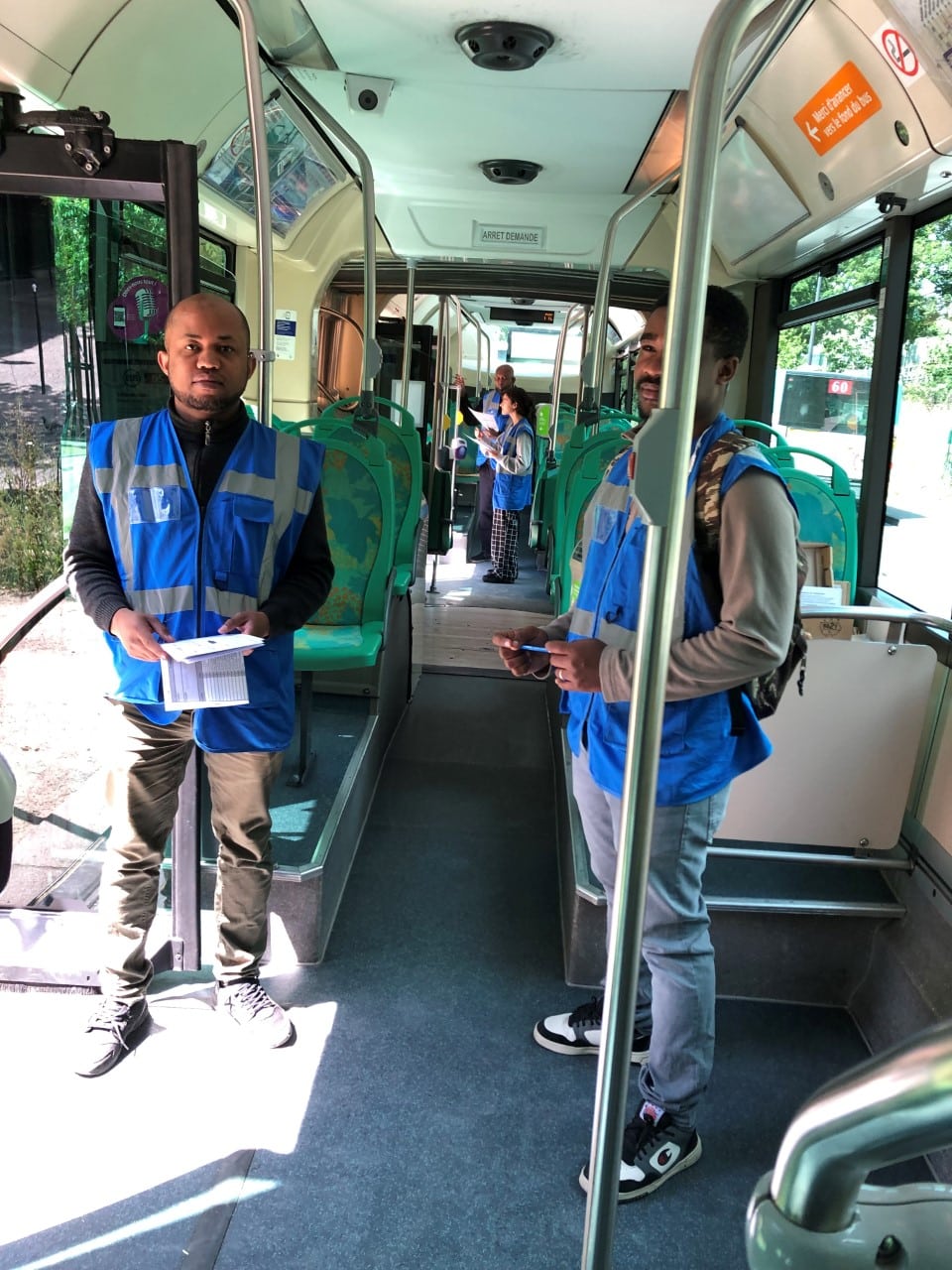
Manual Counting
Manual passenger counting with surveyors is a traditional but effective method for collecting data on public transport usage. Trained surveyors are deployed onboard vehicles or at station entry and exit points to observe and record the number of boarding and alighting passengers.
References

Passenger Count
Onboard counting of boarding and alighting passengers for the BREIZHGO network. 337 trains counted, 878 surveyors deployed.
Boarding/Alighting Passenger Counts
Counting passengers from outside the vehicle is the most widely used method for ridership statistics. This type of count is carried out by placing sensors or surveyors at access points (doors, corridors, stairs…). These devices detect and measure the number of boarding and alighting passengers.
The data collected are critical for transport operators and local authorities, as they support informed decision-making on infrastructure management and public transport service development.
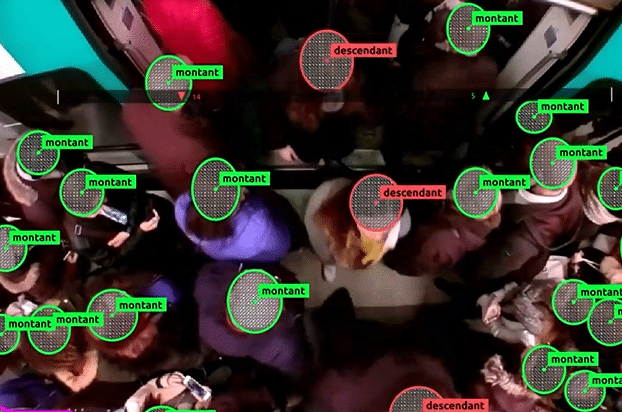
Camera-Based Counting
Passenger counting by external cameras combined with AI data processing is an advanced method for obtaining detailed and accurate data on public transport passenger flows.
By installing cameras at access points, such as vehicle doors, station platforms, and bus stops, it is possible to capture images or videos of users entering and exiting.
This method can differentiate passengers based on various criteria such as persons with reduced mobility (PRM), strollers, platform dwellers, or bulky luggage
This technology enables door-to-door, car-by-car, and station-by-station counting, offering a complete and detailed view of passenger movements. By delivering fine-grained and segmented data, the system helps optimize passenger flow management and improve accessibility and comfort in public transport.
ALYCE’s passenger counting solutions are adaptable to all contexts, including the most constrained (indoor/outdoor platforms or stations).
References

RER Passenger Counting
Passenger counting via camera and AI data processing by ALYCE on RER A and B lines (2018, 2022). Over 600 cameras deployed per line.
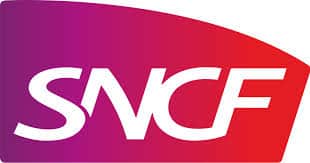
Tramway Counting
Automatic camera-based counting to analyze ridership on Paris region tram lines: T1, T3a, T6, T5, T12. Around 500 cameras deployed.
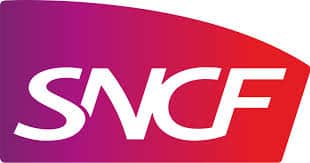
Train Passenger Counting
Exhaustive camera-based counting of passengers at Montparnasse, Gare de Lyon, Gare du Nord, St Pierre des Corps, and Bordeaux St Jean stations. 400 cameras deployed over 3 days.
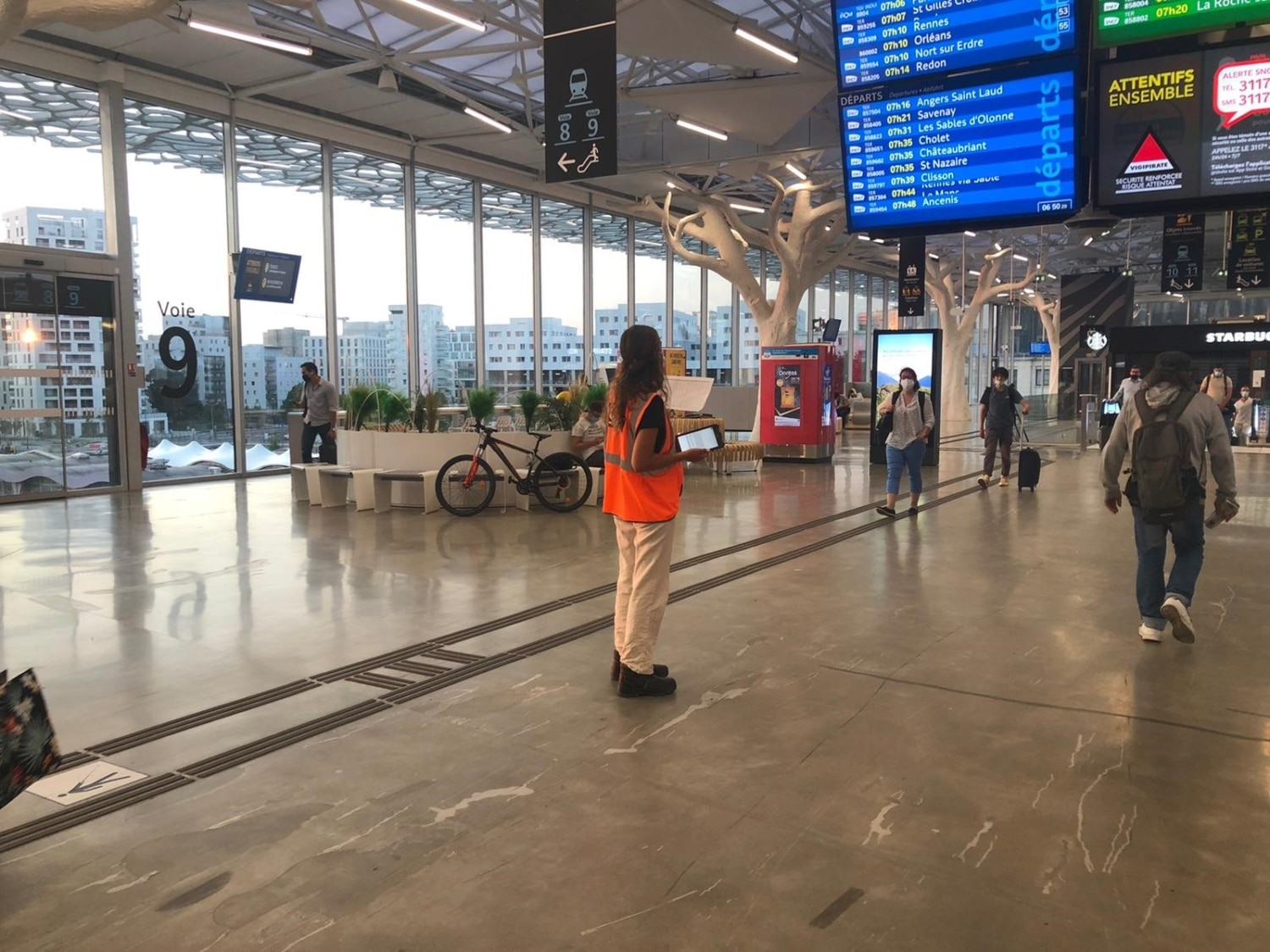
Manual countings
Manual passenger counting by surveyors involves deploying trained observers who count and record the number of passengers boarding and alighting from public transport vehicles. These surveyors are stationed at specific points on platforms or at train access points.
In addition to simple counts, they may collect qualitative information ([link to public_transport_survey page]) about passengers such as age, gender, type of ticket used, or trip purpose.
The benefit of this traditional manual method lies in its ability to provide detailed and contextualized data, including insights that are difficult to capture with automated systems.
However, manual counting can be costly, inflexible, and logistically demanding.
Despite these challenges, it remains a valuable method for obtaining rich and complete data, especially in contexts where technological solutions fall short.
References

Bus Passenger Count
Counting boarding and alighting passengers at bus line terminals for the RATP across 4 assignments. 40 surveyors mobilized per mission.
TER Count
Passenger count on TER lines H and K: 1 job, 1 Saturday and 1 Sunday, counting boardings and alightings at 5 stations. 80 surveyors mobilized.
Do you have a public transport counting project?
Contact us to learn about our data collection methods and request a quote.
Our team is here for you

Sébastien
Director of Strategy & Business
Sébastien is one of our traffic engineering experts, with over 15 years of experience in the field. He leads ALYCE’s commercial and strategic development. Sébastien will advise and guide you through all your mobility observation projects.


